
Christian Holze 45° reverse
Leipzig 12–29 Mar 2021
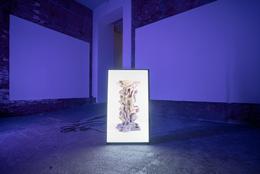
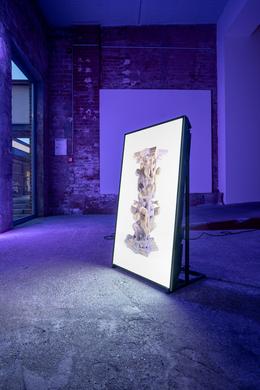
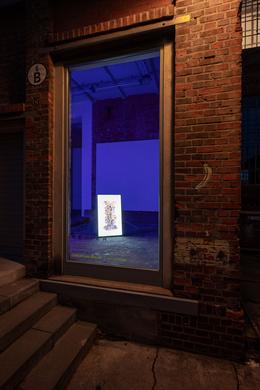
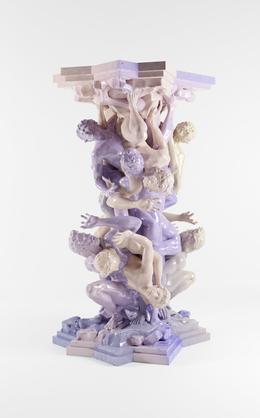
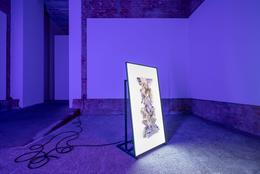
Christian Holze's work "45° reverse", a moving 3D rendering of a digital sculpture is now available as an NFT (non-fungible token). Holze's first NFT artwork is strongly reminiscent of works of classical or ancient sculpture. The work was first shown in Holze's current solo exhibition. It can be seen partly at the Leipzig gallery and partly on our social media channels through March 29.
The virtual work is based on a sculpture by Flemish-Italian sculptor Giovanni da Bologna (1529 - 1608), which in turn based his work on classical antiquity from the Hellenistic period. By duplicating and rotating an image of the sculpture 45° vertically and 180° horizontally, Holze creates a compelling new work and setting it in a new context, thereby placing the work in the renaissance tradition of renewal. Holze is interested in the repetition and adaptation of existing artworks — the transformed and deconstructed sculpture being an example of the continuation of commercial marketing of images of fine art, adverting to stock image providers, printing companies and game creation.
In his works, Holze combines various artistic categories into hybrids: Objects, 3D graphics, sculptures, painting and installations. For him, exploring, elaborating and dissolving these categories is just as essential as the fusion of analog, traditional and digital working practices.
The virtual work is based on a sculpture by Flemish-Italian sculptor Giovanni da Bologna (1529 - 1608), which in turn based his work on classical antiquity from the Hellenistic period. By duplicating and rotating an image of the sculpture 45° vertically and 180° horizontally, Holze creates a compelling new work and setting it in a new context, thereby placing the work in the renaissance tradition of renewal. Holze is interested in the repetition and adaptation of existing artworks — the transformed and deconstructed sculpture being an example of the continuation of commercial marketing of images of fine art, adverting to stock image providers, printing companies and game creation.
In his works, Holze combines various artistic categories into hybrids: Objects, 3D graphics, sculptures, painting and installations. For him, exploring, elaborating and dissolving these categories is just as essential as the fusion of analog, traditional and digital working practices.
Artists